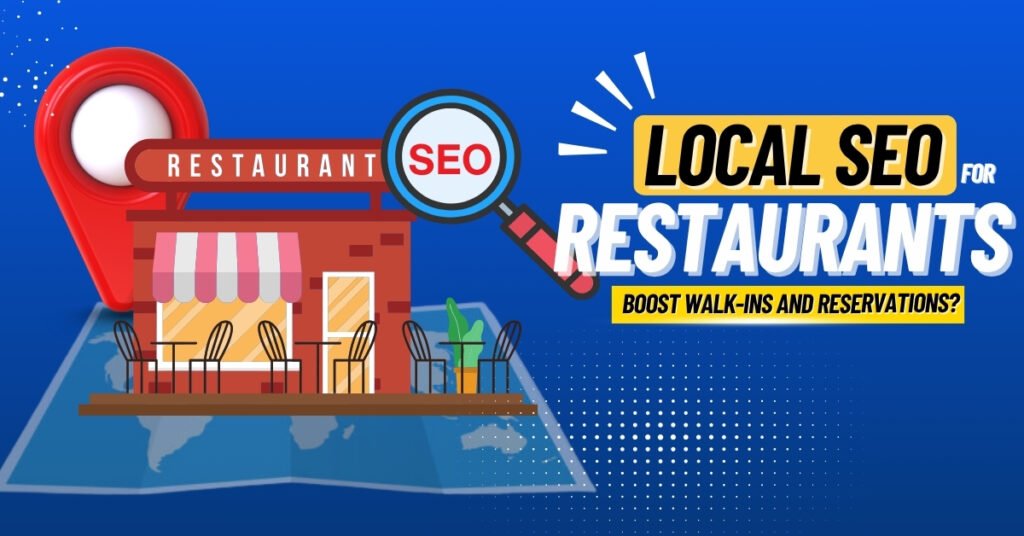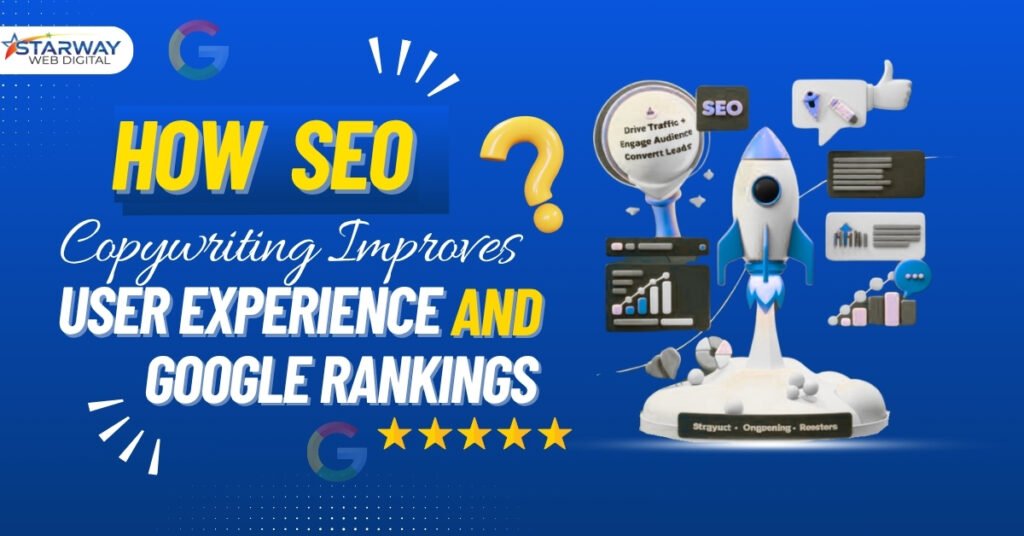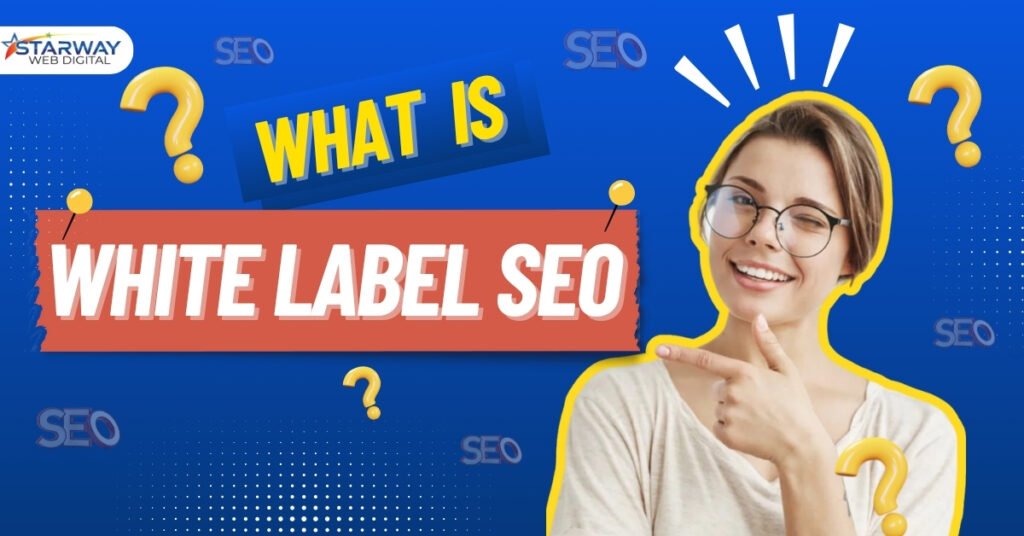In today’s competitive digital world, creating content that ranks on Google requires more than simply inserting keywords. SEO copywriting combines the art of persuasive writing with technical optimization, ensuring your content is not only discoverable by search engines but also engaging for readers. If you’re looking to make your content both powerful and profitable, it starts with strong on-page SEO—and strategic copywriting is at the core of that success. What Is SEO Copywriting? SEO copywriting is the practice of writing content that appeals to both human readers and search engines. This involves crafting copy that is clear, valuable, and optimized with relevant keywords and search intent in mind. A well-optimized page includes: The result? Web pages that rank higher on search engines while guiding users through your content in a meaningful and helpful way. Why User Experience Matters for SEO Search engines like Google prioritize user experience (UX) more than ever before. They use metrics such as time on page, bounce rate, click-through rate, and interaction levels to evaluate content quality. Here’s how SEO copywriting enhances user experience: 1. Clear and Purpose-Driven Content When users land on your website, they’re looking for answers or solutions. Content that is specific, relevant, and well-targeted reduces frustration and keeps users engaged. It ensures they find what they’re looking for without having to search further. 2. Logical Flow and Formatting Good copy uses subheadings, bullet points, and short paragraphs. These formatting choices improve scannability—making it easier for users to digest the information and for Google to understand the content structure. When readers can quickly find the value, they stay longer, increasing dwell time and signaling high content relevance. 3. Natural Use of Keywords and LSI Terms Keyword stuffing is an outdated tactic. Modern SEO copywriters use LSI (Latent Semantic Indexing) keywords—related phrases and synonyms that help search engines understand context. For example, when writing about SEO copywriting, related terms like “content optimization,” “digital marketing strategy,” and “organic search traffic” are used to add depth without overusing any single keyword. 4. Improved Mobile and Voice Search Performance A significant portion of web traffic comes from mobile devices and voice searches. Clear, conversational copy improves readability and helps your content appear in voice results. Direct answers to questions also make your pages eligible for featured snippets. How SEO Copywriting Impacts Google Rankings Now that we understand how it helps users, let’s look at how SEO copywriting influences Google’s search algorithms and your site’s position in the SERPs (Search Engine Results Pages). 1. Optimized Keyword Placement Strategic keyword use in titles, meta descriptions, headers, and content makes it easier for Google to crawl and index your site accurately. Instead of stuffing a keyword into every sentence, well-written copy uses natural variations and placements to support topic relevance. 2. Enhanced Topical Authority When your content covers a topic thoroughly and includes relevant terms, it signals topical authority to search engines. Over time, publishing consistent, optimized content improves your domain’s authority and makes it easier to rank for related searches. 3. Increased Dwell Time and Reduced Bounce Rate Engaging content encourages users to explore more pages or stay longer. These metrics, often overlooked, have a substantial impact on rankings. Well-crafted copy provides value, answers questions, and invites further action—like clicking through to other resources or filling out a contact form. 4. Better Opportunities for Backlinks High-quality content is more likely to be referenced and linked by other websites. Backlinks are still one of the top-ranking factors in Google’s algorithm. If your copy is insightful and original, it naturally earns shares and mentions from other creators, blogs, or industry publications. Need help understanding what you’re getting for your investment? Check out our guide to SEO service cost and see how effective content can deliver measurable results. The Role of SEO Copywriting in On-Page SEO When we talk about on-page SEO, we’re referring to all the elements you can control directly on your website. That includes title tags, meta descriptions, image alt text, URL structure—and of course, your content. SEO copywriting supports on-page SEO by: A strong on-page strategy starts with excellent content. Without informative, optimized copy, even the most beautiful website will struggle to rank. SEO Copywriting and the User Journey Beyond search visibility, SEO copywriting helps guide users through your sales funnel. Whether you’re introducing your services, describing your products, or answering common questions, well-written content builds trust and nudges readers toward conversion. It also plays a key role in: When you combine user-focused messaging with SEO principles, you create a seamless experience from the first search to the final click. Common Mistakes to Avoid Even with the best intentions, many websites fall short due to avoidable mistakes. Here are a few things to watch out for: Hiring an experienced SEO copywriter or agency can help you avoid these pitfalls and build a content strategy that delivers consistent results. Final Thoughts SEO copywriting is more than just writing with keywords in mind—it’s a blend of creativity, technical knowledge, and audience awareness. When done right, it enhances user experience, supports your on-page SEO, and boosts your chances of ranking high on Google. Whether you’re optimizing service pages, writing blog posts, or updating product descriptions, high-quality SEO copywriting should be part of your long-term growth strategy. Looking to improve your content strategy? Learn how our expert SEO team can help you write for both users and search engines—so your site can truly perform.











